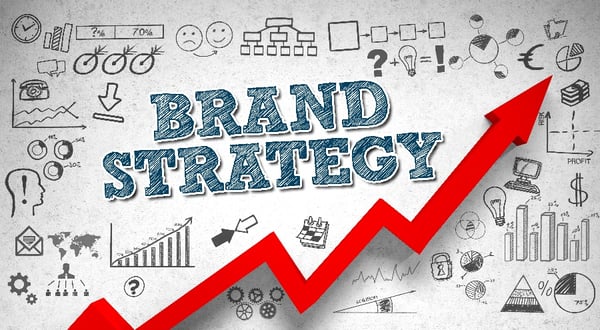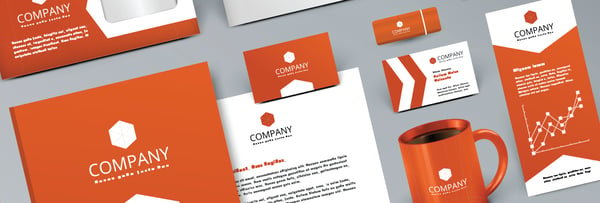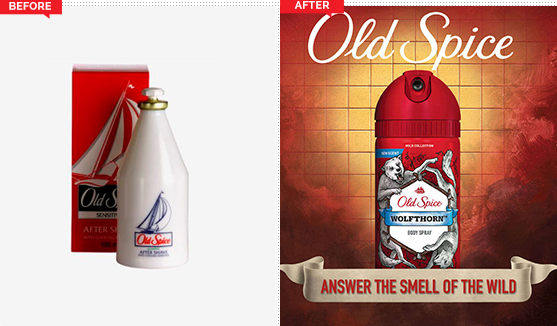
When it comes to determining the long-term health and viability of a business, nothing has a stronger impact than brand strategy.
There are many elements that play into an effective brand strategy. Everything that your company does — every advertisement, engagement with customers, and public press releases that you make — all play a small role in how your company is perceived by your intended audience.
When you think of some of the biggest and most memorable brands in the world, who do you think of? Coca-Cola? GM? Nike?
All excellent examples of brands with an effective brand strategy that has effectively placed them at the top of their industry.
In this article, we’ll dig into the nuts and bolts of what a brand strategy is, what it includes, and what you should strive for as you iron out your own.
Let’s get started.
What is Brand Strategy?
A brand strategy is a plan that includes specific long-term goals that focus on the growth of a successful, recognizable brand within your industry. A brand strategy is made up of many components that make it identifiable to a specific audience.
Great examples of brand strategy always connect with consumer needs, emotions, and the competitive environment that they find themselves in within their family.
Great brand strategies are unique but aware of the sandbox that they are playing in.
In truth, brand strategy is often intangible. It’s less of a singular strategy than a collection of strategies that are all working toward the same end goal.
Let’s examine some of the elements that encompass an effective brand strategy:
1. Conveying a Purpose
Your brand makes a promise to your audience, whether you know it or not. That promise may ultimately be the defining factor in your full brand strategy and play a key role in the way that your customers view you.
Let’s take Nike for example. They are a sports apparel brand. Their branding often centers around competition and working to be the best that you can be in your given discipline.
They convey purpose within the messaging of nearly every advertising campaign that they run — to help their customers to be everything that they can be.
Their slogan “Just Do It,” speaks to that purpose as well. Stop hiding — do what you need to do to get there.
Understanding your brand’s purpose is key to defining your brand positioning. It defines why your employees come to work every day. It defines why your customers should care about your products and what you have to say.
As you start to consider your own brand’s purpose, dig deeper. Don’t think about what you do specifically, or what your customers get out of your product.
Consider why they want to receive that benefit. Think about an emotional connection that your brand drives home.
Even a business as simple as pressure washing driveways. The homeowner receives a nice clean-looking driveway. But why do they want that? To impress their neighbors? To feel better about their lives?
A dirty driveway is a daily reminder that they aren’t doing everything that they can to maintain their home.
2. Consistency in Branding
Consistency is critical. Your customers should know exactly what to expect from your brand every time they engage with it.
When you see the Coca-Cola brand, they are rarely doing anything that surprises you. The product always has the same, crisp taste. All of their advertisements are tightly aligned with their brand strategy themes and colors.
Avoid talking about things that do not relate to or enhance your brand. Be tightly aligned in the way that you present yourself.

Source: VividImage
3. Emotion
Great brands appeal to the emotions of their customers. Well-defined brands see many benefits over other brands.
They cause customers to react out of emotion, rather than logical thinking. They’ll pay more for your products. They’ll listen more closely to what it is that you have to say.
Often, this emotional connection creates a feeling of community among customers. Examples of brands that have done this well include Harley-Davidson, Apple, and Nike.
Their customers love their products (and their brand) so much that they get together to discuss and eagerly anticipate new releases. When a new product launches, there are often waiting lists and lines out the door
Find a way to connect with your customers on a deeper, more emotional level. Give them peace of mind.
Teach them something about themselves. Use emotional triggers to strengthen your relationship with customers on an individual level and create a sense of community around your brand.

Source: Emolytics
4. Flexibility
In this article, we’ve talked a lot about having a well-defined brand and having a consistent message. But that doesn’t mean that your brand strategy should be rigid and unwilling to change with the times.
On the contrary, it is critical that your company be able to sense when the tide is turning and find a way to pivot your brand so that it appeals to the expectations and desires of your modern audience while still retaining the essence that makes your brand what it is.
Let’s take a look at an example from Old Spice:

Source: Works Design Group
This is a brand strategy pivot for the ages. Old Spice, a company whose first product was introduced in 1937 has been able to change with the times — running marketing campaigns that look wildly different from ads from previous decades — while staying in the public spotlight and retaining a certain familiarness when it comes to their brand.
5. A Positive Company Culture
Your employees may be the best advocates for your brand strategy. Happy company culture is something that can be felt by your customers. It’s in the quality of the products that you produce.
It’s felt in the customer service that you deliver. Taking care of your employees creates a welcomeness that reverberates through your company. Your company culture bleeds into your interactions with customers, both good and bad.
Brand Strategy Experts
Here at RiseFuel, we help our clients with more than just generating new leads. We help them to design and execute a brand strategy that positions them for long-term success.
Want to find out more?
Click here to schedule a risk-free consultation with me today.















